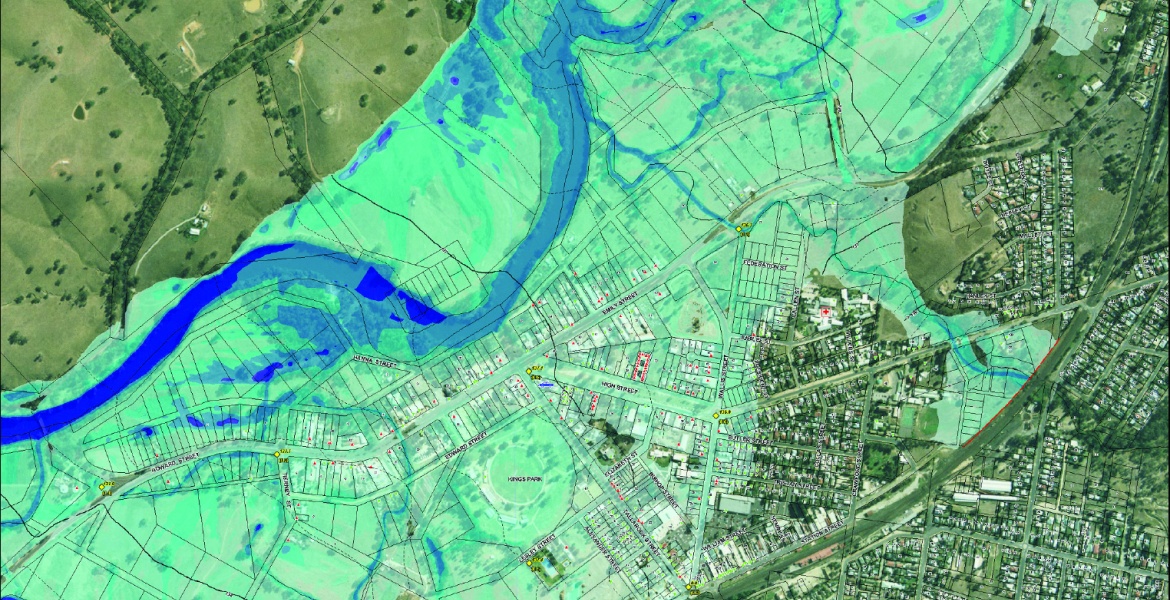Computational Flood Modeling with UPC Architecture

Authors: Thanh Tung Vu; Adrian Wing-Keung Law; Tien H. Nguyen; and Alvin Wei Ze Chew
Abstract: Demand for effective flood modeling and forecasting based on the two-dimensional shallow water equations has increased due to uncertainties with climate changes and the need for further accuracy in the urbanized environment. In this study, an alternative parallel computing architecture is presented that uses the Unified Parallel C (UPC) architecture, which combines the respective advantages of message passing interface (MPI) scalability with the direct memory access of OpenMP. A second-order Godunov-type monotone upstream scheme flood model, called ParaFlood2D, is developed using UPC as the first approach. The computational efficiency of ParaFlood2D is investigated with two cases of flood wave propagation on shared-memory and distributed-memory systems. In both cases, the simulation results demonstrate reasonably good accuracy when compared with the respective analytical solutions. At the same time, the obtained speed-up performance of UPC is generally more favorable when compared with that of MPI and OpenMP in their respective basic designs. Overall, the study indicates that UPC parallel architecture can be a viable alternative for large-scale flood modeling simulations.
Published: January 04, 2019
DOI: 10.1061/(ASCE)CP.1943-5487.0000811
Download: https://ascelibrary.org/doi/abs/10.1061/%28ASCE%29CP.1943-5487.0000811
